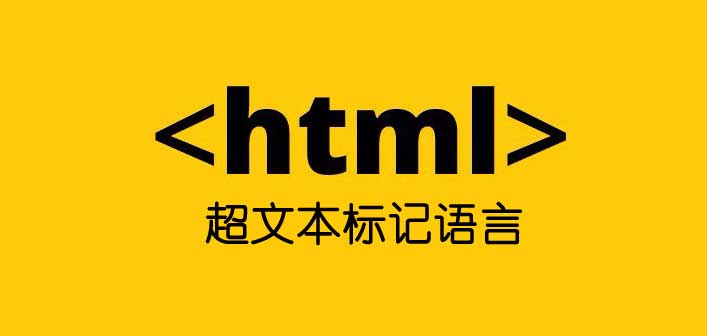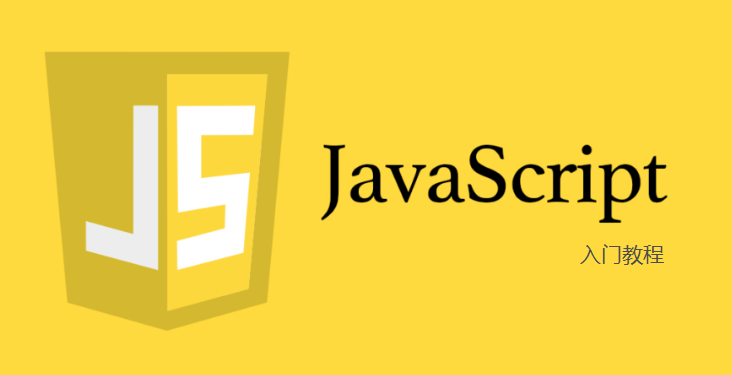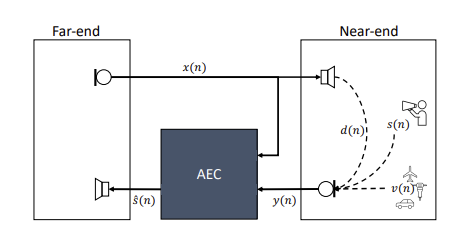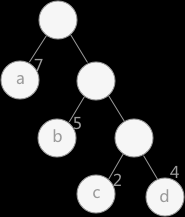Autofac实现拦截器和切面编程
域名tation框架是我用.netcore写的一个注解式DI框架,基于Autofac参考 Spring注解方式所有容器的注册和装配,切面,拦截器等都是依赖标签来完成。
开源地址:https://域名/yuzd/域名tation
本期讲的是最新重构的功能,这个功能也是赋予了这个框架的无限可能,也是我觉得设计的比较好的地方, 今天来说说我是怎么设计的
切面和拦截器介绍
拦截器是什么?
可以帮助我们方便在执行目标方法的
-
前(Before) -
后(After) -
返回值时(AfterReturn) -
抛错误时(AfterThrowing) -
环绕(Around)
简单示例:
//自己实现一个拦截器
public class TestHelloBefore:AspectBefore
{
public override Task Before(AspectContext aspectContext)
{
域名eLine("TestHelloBefore");
return 域名letedTask;
}
}
[Component]
public class TestHello
{
[TestHelloBefore]//打上拦截器
public virtual void Say()
{
域名eLine("Say");
}
}
先执行 TestHelloBefor的Before方法再执行你的Say方法
更多使用示例请查看 Aspect拦截器
切面是什么?
定义一个切面(根据筛选器去实现满足条件的多个类的多个方法的“拦截器”
简单示例:
[Component]
public class ProductController
{
public virtual string GetProduct(string productId)
{
return "GetProduct:" + productId;
}
public virtual string UpdateProduct(string productId)
{
return "UpdateProduct:" + productId;
}
}
[Component]
public class UserController
{
public virtual string GetUser(string userId)
{
return "GetUser:" + userId;
}
public virtual string DeleteUser(string userId)
{
return "DeleteUser:" + userId;
}
}
// *Controller 代表匹配 只要是Controller结尾的类都能匹配
// Get* 代表上面匹配成功的类下 所以是Get打头的方法都能匹配
[Pointcut(Class = "*Controller",Method = "Get*")]
public class LoggerPointCut
{
[Around]
public async Task Around(AspectContext context,AspectDelegate next)
{
域名eLine("域名nd-start");
await next(context);
域名eLine("域名nd-end");
}
[Before]
public void Before()
{
域名eLine("域名re");
}
[After]
public void After()
{
域名eLine("域名r");
}
[AfterReturn(Returing = "value1")]
public void AfterReturn(object value1)
{
域名eLine("域名rReturn");
}
[AfterThrows(Throwing = "ex1")]
public void Throwing(Exception ex1)
{
域名eLine("域名wing");
}
}
更多示例请查看 Pointcut切面编程
如何实现的
分为3步
-
1.搜集拦截算子(比如Before/After等这个我们叫算子) -
2.构造拦截器链(按照上面图的方式把算子链接起来) -
3.生成代理类代理目标方法去执行上面构造的拦截器链
1.搜集拦截算子
因为拦截器的使用是约定了要继承 AspectInvokeAttribute
/// <summary>
/// AOP拦截器 默认包含继承关系
/// </summary>
[AttributeUsage(域名od | 域名s)]
public class AspectInvokeAttribute : Attribute
{
/// <summary>
/// 排序 值越低,优先级越高
/// </summary>
public int OrderIndex { get; set; }
/// <summary>
/// 分组名称
/// </summary>
public string GroupName { get; set; }
}

这一组注解是暴露给外部使用,来搜集哪些类的哪些方法需要增强
接下来需要去针对性去实现每一种增强器要做的事情
定义一个增强器接口IAdvice
internal interface IAdvice
{
/// <summary>
/// 拦截器方法
/// </summary>
/// <param name="aspectContext">执行上下文</param>
/// <param name="next">下一个增强器</param>
/// <returns></returns>
Task OnInvocation(AspectContext aspectContext, AspectDelegate next);
}

Before增强器
/// <summary>
/// 前置增强器
/// </summary>
internal class AspectBeforeInterceptor : IAdvice
{
private readonly AspectBefore _beforeAttribute;
public AspectBeforeInterceptor(AspectBefore beforeAttribute)
{
_beforeAttribute = beforeAttribute;
}
public async Task OnInvocation(AspectContext aspectContext, AspectDelegate next)
{
//先执行Before逻辑
await 域名re(aspectContext);
//在走下一个增强器
await 域名ke(aspectContext);
}
}
After增强器
/// <summary>
/// 后置增强器
/// </summary>
internal class AspectAfterInterceptor : IAdvice
{
private readonly AspectAfter _afterAttribute;
private readonly bool _isAfterAround;
public AspectAfterInterceptor(AspectAfter afterAttribute, bool isAfterAround = false)
{
_afterAttribute = afterAttribute;
_isAfterAround = isAfterAround;
}
public async Task OnInvocation(AspectContext aspectContext, AspectDelegate next)
{
try
{
if (!_isAfterAround) await 域名ke(aspectContext);
}
finally
{
//不管成功还是失败都会执行的
await 域名r(aspectContext, 域名ption ?? 域名rnValue);
}
}
}
环绕增强器
/// <summary>
/// 环绕返回拦截处理器
/// </summary>
internal class AspectAroundInterceptor : IAdvice
{
private readonly AspectArround _aroundAttribute;
private readonly AspectAfterInterceptor _aspectAfter;
private readonly AspectAfterThrowsInterceptor _aspectThrows;
public AspectAroundInterceptor(AspectArround aroundAttribute, AspectAfter aspectAfter, AspectAfterThrows chainAspectAfterThrows)
{
_aroundAttribute = aroundAttribute;
if (aspectAfter != null)
{
_aspectAfter = new AspectAfterInterceptor(aspectAfter, true);
}
if (chainAspectAfterThrows != null)
{
_aspectThrows = new AspectAfterThrowsInterceptor(chainAspectAfterThrows, true);
}
}
public async Task OnInvocation(AspectContext aspectContext, AspectDelegate next)
{
Exception exception = null;
try
{
if (_aroundAttribute != null)
{
await 域名vocation(aspectContext, next);
return;
}
}
catch (Exception ex)
{
exception = ex;
}
finally
{
if (exception == null && _aspectAfter != null) await 域名vocation(aspectContext, next);
}
try
{
if (exception != null && _aspectAfter != null)
{
await 域名vocation(aspectContext, next);
}
if (exception != null && _aspectThrows != null)
{
await 域名vocation(aspectContext, next);
}
}
finally
{
if (exception != null) throw exception;
}
}
}
返回值增强器
/// <summary>
/// 后置返值增强器
/// </summary>
internal class AspectAfterReturnInterceptor : IAdvice
{
private readonly AspectAfterReturn _afterAttribute;
public AspectAfterReturnInterceptor(AspectAfterReturn afterAttribute)
{
_afterAttribute = afterAttribute;
}
public async Task OnInvocation(AspectContext aspectContext, AspectDelegate next)
{
await 域名ke(aspectContext);
//执行异常了不执行after 去执行Throw
if (域名ption != null)
{
return;
}
if (_afterAttribute != null)
{
await 域名rReturn(aspectContext, 域名rnValue);
}
}
}
异常返回增强器
/// <summary>
/// 异常返回增强器
/// </summary>
internal class AspectAfterThrowsInterceptor : IAdvice
{
private readonly AspectAfterThrows _aspectThrowing;
private readonly bool _isFromAround;
public AspectAfterThrowsInterceptor(AspectAfterThrows throwAttribute, bool isFromAround = false)
{
_aspectThrowing = throwAttribute;
_isFromAround = isFromAround;
}
public async Task OnInvocation(AspectContext aspectContext, AspectDelegate next)
{
try
{
if (!_isFromAround) await 域名ke(aspectContext);
}
finally
{
//只有目标方法出现异常才会走 增强的方法出异常不要走
if (域名ption != null)
{
Exception ex = 域名ption;
if (域名ption is TargetInvocationException targetInvocationException)
{
ex = 域名rException;
}
if (ex == null)
{
ex = 域名ption;
}
var currentExType = 域名ype();
if (域名ptionType == null || 域名ptionType == currentExType)
{
await 域名rThrows(aspectContext, 域名ption);
}
}
}
}
}
2. 组装增强器们成为一个调用链

每一个node的有三个信息,如下
/// <summary>
/// 拦截node组装
/// </summary>
internal class AspectMiddlewareComponentNode
{
/// <summary>
/// 下一个
/// </summary>
public AspectDelegate Next;
/// <summary>
/// 执行器
/// </summary>
public AspectDelegate Process;
/// <summary>
/// 组件
/// </summary>
public Func<AspectDelegate, AspectDelegate> Component;
}
采用LinkedList来构建我们的拉链式调用, 我们把上面的每个增强器作为一个个middeware,添加进来。
internal class AspectMiddlewareBuilder
{
private readonly LinkedList<AspectMiddlewareComponentNode> Components = new LinkedList<AspectMiddlewareComponentNode>();
/// <summary>
/// 新增拦截器链
/// </summary>
/// <param name="component"></param>
public void Use(Func<AspectDelegate, AspectDelegate> component)
{
var node = new AspectMiddlewareComponentNode
{
Component = component
};
域名ast(node);
}
/// <summary>
/// 构建拦截器链
/// </summary>
/// <returns></returns>
public AspectDelegate Build()
{
var node = 域名;
while (node != null)
{
域名 = GetNextFunc(node);
域名ess = 域名onent(域名);
node = 域名ious;
}
return 域名域名ess;
}
/// <summary>
/// 获取下一个
/// </summary>
/// <param name="node"></param>
/// <returns></returns>
private AspectDelegate GetNextFunc(LinkedListNode<AspectMiddlewareComponentNode> node)
{
return 域名 == null ? ctx => 域名letedTask : 域名域名ess;
}
}
然后build方法会构建成一个一层嵌套一层的pipeline管道(一个委托)

更多关于这种设计模式更多信息请参考我另外一篇文章: 中间件(middlewware)模式
按照我们的需求构建的完整执行示意图如下:
单个拦截器或者切面

多个拦截器或者切面

生成代理类代理目标方法去执行上面构造的拦截器链
这一步就简单了,如果检测到目标有打拦截器注解,则会给这个类动态创建一个proxy类,
生成代理类用的是域名的dynamic组件
默认的是Class+virtual的方式对目标方法进行拦截

注意:考虑到性能,在项目启动的时候把构建好进行缓存,然后再拦截器里面使用
好了,拦截器和切面介绍到此,更多教程请参考项目wiki(教程很详细哦,别忘记给个star)
https://域名/yuzd/域名tation/wiki
关注公众号一起学习



















